Why the Environment and Humanity Go Hand in Hand
Hand In Hand
The interdependence between the environment and humanity is a topic that has gained increasing attention in recent years. As our planet faces unprecedented environmental challenges, it is crucial to understand the deep connections that bind the natural world and hand in hand human society.

The Interconnected Web of Life
The Vital Role of Ecosystem Services
The environment and humanity are intricately intertwined, forming a delicate balance that sustains life on our planet. Every breath we take, every drop of water we drink, and every morsel of food we consume is derived from nature. This interdependence underscores the importance of preserving the environment for the well-being of humanity.
Consequences of Disrupting Natural Processes
The ecosystem services provided by nature—such as pollination, water purification, and climate regulation—are essential for our survival. When these systems are disrupted, the consequences can be severe, affecting food security, health, and even social stability. It is, therefore, imperative that we recognize the symbiotic relationship between the environment and humanity and take action to protect it.
The Impact of Human Activity on the Environment
Environmental Degradation and Loss of Biodiversity
Human activities have a profound impact on the environment, often leading to degradation and loss of biodiversity. Deforestation, pollution, and overexploitation of natural resources are some of the ways in which we harm the planet. These actions not only threaten wildlife but also disrupt the natural processes that support life.
The Urgency of Addressing Climate Change
Climate change, driven by the emission of greenhouse gases, is one of the most pressing issues facing humanity today. Rising temperatures, melting ice caps, and extreme weather events are just a few of the consequences of a warming planet. These changes pose significant risks to human health, economies, and infrastructure, highlighting the urgent need for sustainable practices and policies.

The Role of Conservation and Sustainable Practices
Importance of Conservation Efforts
To safeguard the environment and ensure the continued prosperity of humanity, conservation and sustainable practices are crucial. Conservation efforts, such as protecting endangered species and restoring degraded habitats, help maintain biodiversity and ecosystem health.
Embracing Sustainable Practices for the Future
Sustainable practices, including reducing waste, conserving water, and transitioning to renewable energy sources, can mitigate the negative impacts of human activity on the environment. Moreover, adopting a circular economy—where resources are reused, recycled, and repurposed—can reduce our ecological footprint and promote a more sustainable future. By embracing sustainable practices, we can create a harmonious relationship with the environment, benefiting both nature and humanity.
The Moral and Ethical Imperative
Our Responsibility as Stewards of the Planet
Beyond the practical benefits, there is a moral and ethical imperative to protect the environment. As stewards of the planet, we have a responsibility to preserve it for future generations. The interconnectedness of all life forms means that the well-being of humanity is inherently linked to the health of the environment.
Inspiring Environmental Stewardship
Fostering a sense of environmental stewardship can inspire individuals and communities to take action. Education and awareness campaigns can empower people to make environmentally conscious choices and advocate for policies that promote sustainability.
The Economic Benefits of Environmental Protection
Supporting Industries and Job Creation
Protecting the environment is not just a moral and ethical duty—it also makes economic sense. Healthy ecosystems support industries such as agriculture, fisheries, and tourism, providing jobs and income for millions of people worldwide.
Green Technologies and Sustainable Growth
Investing in green technologies and sustainable practices can drive economic growth, create new employment opportunities, and reduce costs associated with environmental degradation and health problems.
The Role of Education in Promoting Environmental Awareness
Integrating Environmental Education
Education plays a critical role in promoting environmental awareness and fostering a sense of responsibility towards nature. By integrating environmental education into school curricula and community programs, we can equip individuals with the knowledge and skills needed to make informed decisions and take meaningful action to protect the environment.
Amplifying the Message Through Outreach
Awareness campaigns, public outreach, and community engagement initiatives can further amplify the message, encouraging collective action and fostering a culture of sustainability.

The Influence of Cultural and Traditional Practices
Valuable Insights from Indigenous Communities
Cultural and traditional practices often hold valuable insights into sustainable living and environmental stewardship. Many indigenous communities have long-standing traditions of respecting and protecting nature, understanding the delicate balance between human needs and ecological health.
Integrating Cultural Practices into Conservation Efforts
By drawing on these cultural practices and integrating them into modern conservation efforts, we can develop more holistic and effective approaches to environmental protection that honor both cultural heritage and ecological integrity.
The Power of Individual Actions
Simple Choices for a Greener Future
While systemic change is essential, individual actions also play a crucial role in protecting the environment. Simple everyday choices, such as reducing plastic use, conserving energy, and supporting sustainable products, can collectively make a significant impact.
Inspiring a Larger Movement
By adopting eco-friendly habits and inspiring others to do the same, individuals can contribute to a larger movement towards environmental sustainability.
The Role of Policy and Legislation
Enacting Laws to Protect Natural Resources
Effective policy and legislation are vital in addressing environmental challenges and promoting sustainable practices. Governments and policymakers have the power to enact laws and regulations that protect natural resources, reduce pollution, and mitigate climate change.
International Cooperation for Global Issues
International agreements and collaborations are also crucial in addressing global environmental issues, fostering cooperation and shared responsibility among nations.

The Role of Technology in Environmental Protection
Innovations for a Sustainable Future
Technology can play a pivotal role in protecting the environment and promoting sustainability. Advances in renewable energy, waste management, and conservation techniques offer new solutions to environmental challenges.
Digital Tools for Monitoring and Managing Ecosystems
Digital tools, such as satellite imagery and data analytics, can help monitor and manage ecosystems, providing valuable insights for conservation efforts and policy-making.
The Importance of Community Involvement
Building Stronger, Resilient Communities
Community involvement is essential for effective environmental protection. Grassroots movements, local initiatives, and volunteer programs can mobilize individuals and groups to take action, building stronger and more resilient communities.
Fostering a Culture of Environmental Responsibility
By fostering a culture of environmental responsibility within communities, we can encourage sustainable practices and collective efforts to protect the planet.
The Potential of Renewable Energy
Transitioning to Clean Energy Sources
Transitioning to clean energy can reduce greenhouse gas emissions, combat climate change, and create new economic opportunities.
Encouraging Investment in Renewable Technologies
Encouraging investment in renewable technologies and infrastructure can accelerate the transition to a sustainable energy future, ensuring long-term environmental and economic benefits.

Environmental Stewardship Across Cultures
Indigenous Wisdom and Sustainable Practices
Many indigenous cultures around the world have long-standing traditions of environmental stewardship that are deeply rooted in their way of life. These communities often view themselves as an integral part of the natural world, rather than separate from it. Practices such as sustainable farming, rotational hunting, and the sacred management of natural resources are common among indigenous peoples. These practices are passed down through generations and are integral to their cultural identity.
For example, the Maori people of New Zealand follow the concept of “kaitiakitanga,” which means guardianship and protection of the environment. This involves a holistic approach to managing natural resources, ensuring that they are used sustainably and preserved for future generations.
Asian Perspectives on Harmony with Nature
In many Asian cultures, there is a strong emphasis on harmony with nature. This philosophy is often reflected in traditional practices and religious beliefs. For instance, in Japan, the concept of “Satoyama” represents a harmonious relationship between people and the land. Satoyama landscapes, which include forests, rice paddies, and villages, are managed in a way that benefits both humans and wildlife.

Similarly, in India, the principle of “Ahimsa” (non-violence) extends to all living beings, encouraging people to live in a way that minimizes harm to the environment. Traditional agricultural practices, such as crop rotation and the use of natural fertilizers, are still prevalent in many rural areas, promoting soil health and biodiversity.
African Community-Based Conservation
In many African cultures, community-based conservation efforts are a vital part of environmental stewardship. These initiatives often involve local communities in the management and protection of natural resources, recognizing their knowledge and expertise. Community-led projects, such as reforestation, wildlife conservation, and sustainable tourism, empower people to take an active role in preserving their environment.
For example, in Kenya, the Maasai community has established conservancies that protect wildlife habitats while providing economic benefits through eco-tourism. This approach ensures that conservation efforts are sustainable and culturally relevant, benefiting both the environment and the local people.
Western Approaches to Environmentalism
In Western cultures, environmentalism often manifests through activism, policy advocacy, and technological innovation. Movements such as the conservation movement in the United States and the environmental movement in Europe have led to significant policy changes and increased public awareness about environmental issues.
Grassroots organizations, non-profits, and government agencies play a crucial role in promoting environmental protection. Initiatives such as recycling programs, renewable energy adoption, and conservation projects are common in Western countries, driven by a combination of community action and regulatory frameworks.

Conclusion
A Collective Effort for a Sustainable Future
The relationship between the environment and humanity is one of mutual dependence and care. Our survival and well-being are intricately linked to the health of the planet. By recognizing this connection and taking collective action to protect the environment, we can ensure a sustainable and prosperous future for all.
Understanding and respecting the diverse ways in which different cultures approach environmental stewardship can enrich our global efforts to protect the planet. By learning from each other and incorporating a variety of perspectives and practices, we can create more effective and inclusive solutions to environmental challenges. Environmental stewardship is a shared responsibility, and embracing cultural diversity can strengthen our collective commitment to a sustainable future.
We must strive to live in harmony with nature, adopting practices that preserve and enhance the natural world. Through conservation, sustainable practices, and a shared sense of responsibility, we can build a world where both humanity and the environment thrive together.
Join the Discussion
The relationship between the environment and humanity is a topic that resonates with many, and we’d love to hear your thoughts! How do you think we can better protect our planet while ensuring human prosperity? Have you implemented any sustainable practices in your daily life? What challenges and successes have you encountered in your efforts to live more eco-consciously?





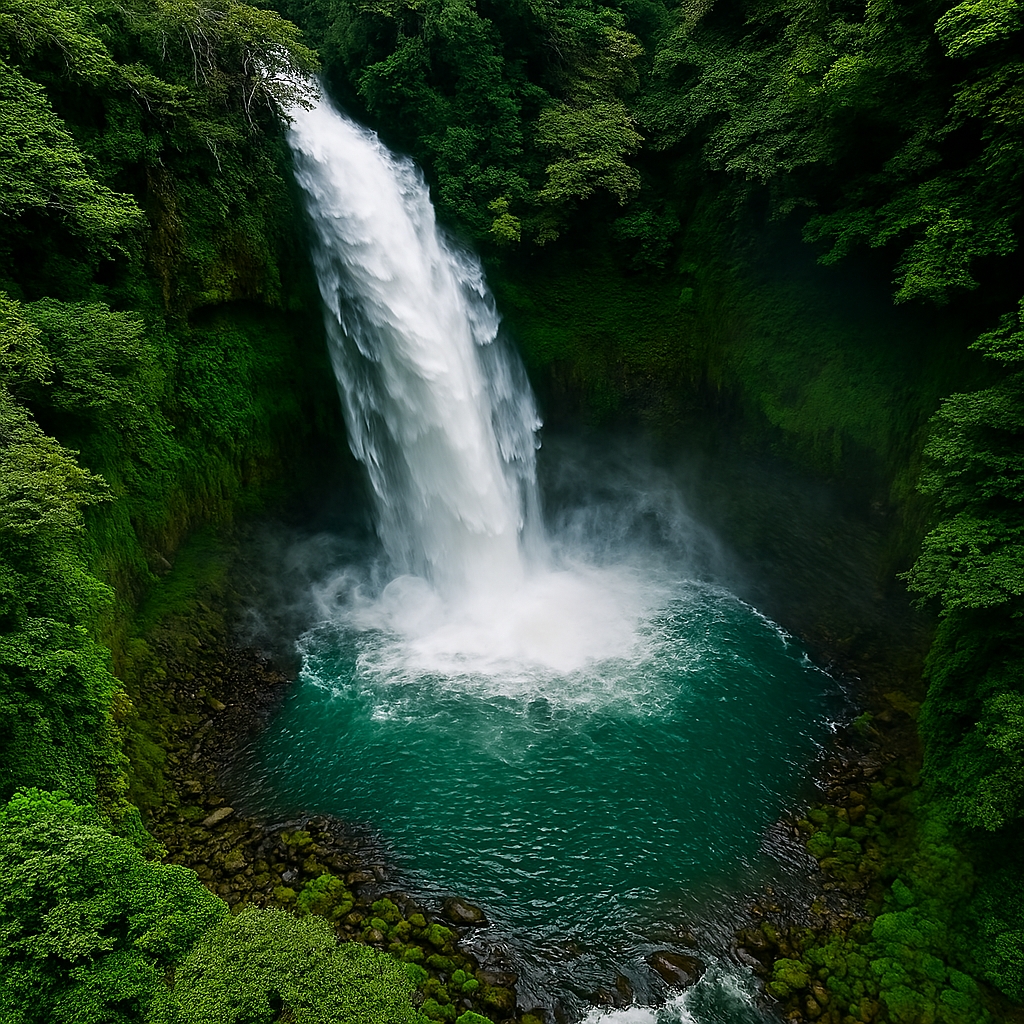

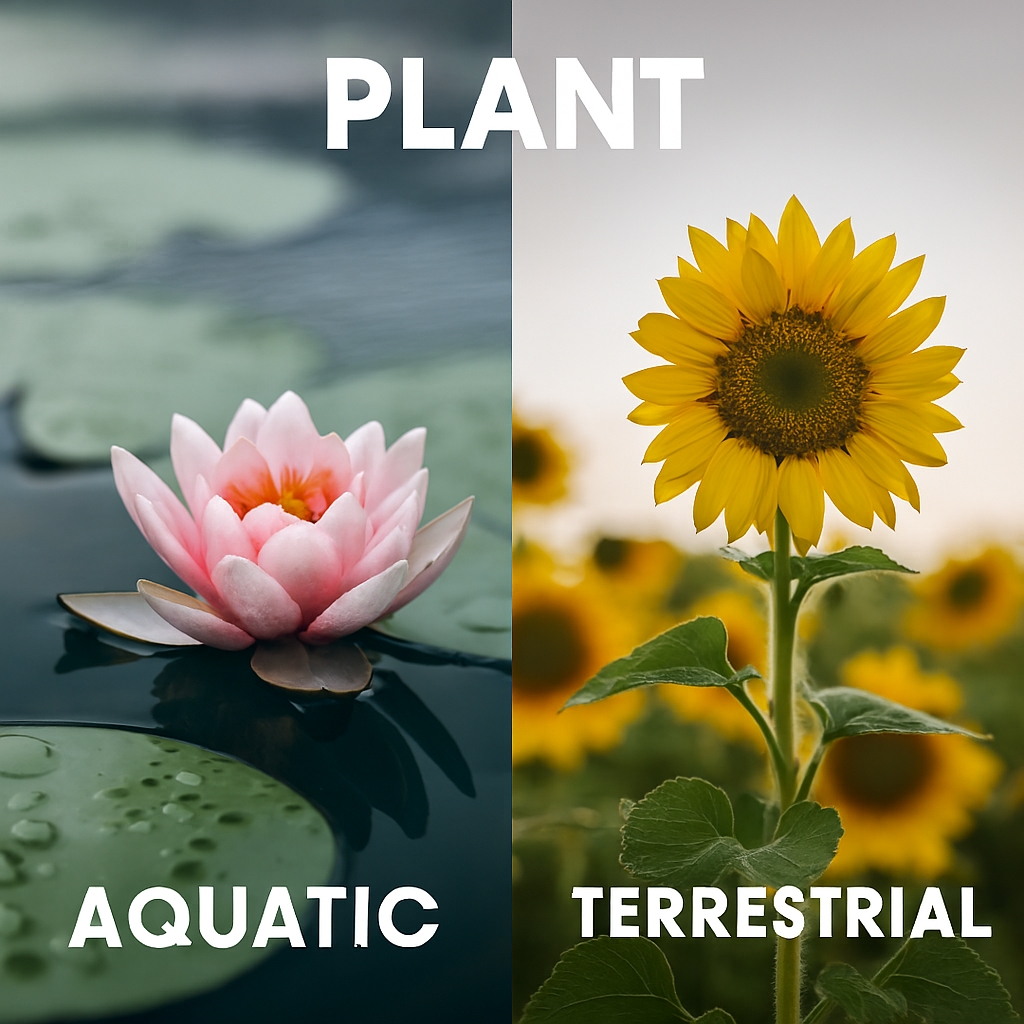
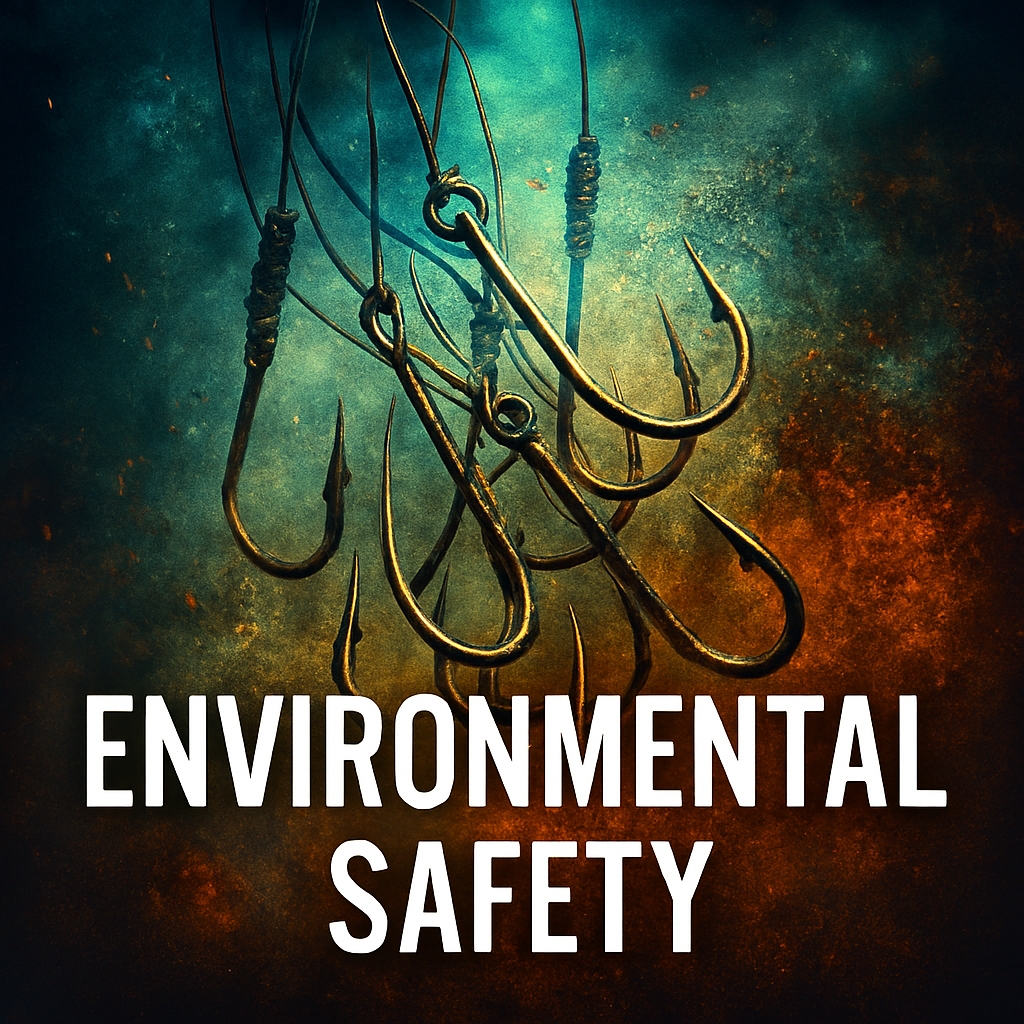
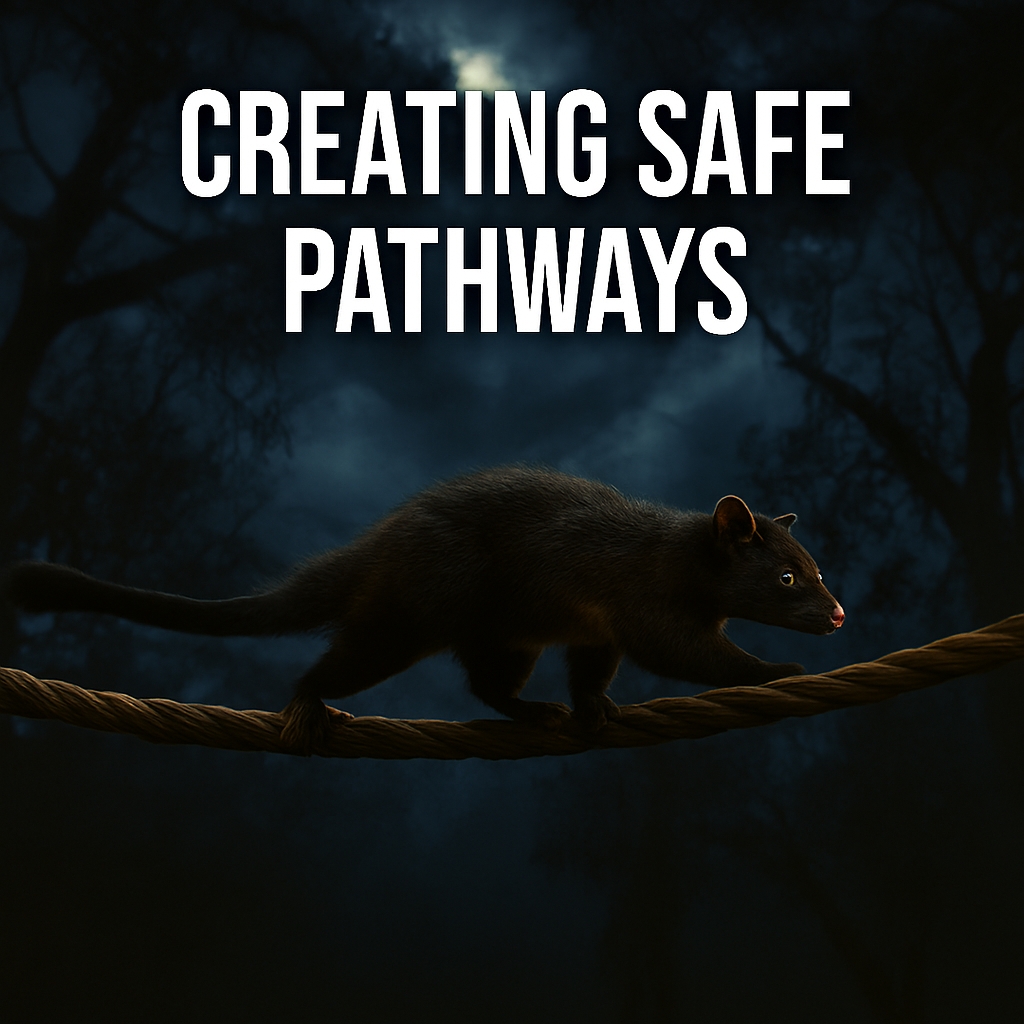


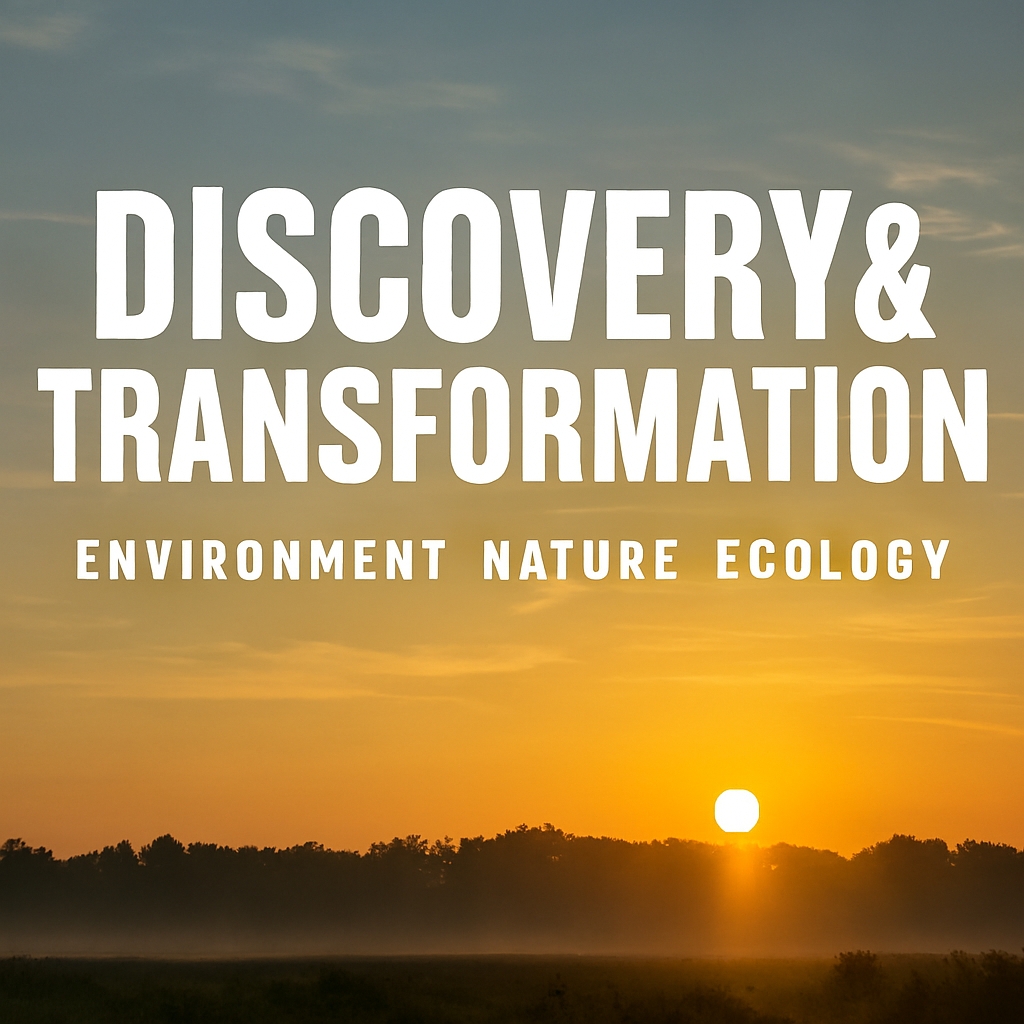
Is The No.1 Best Player More Suitable Than Strategic Player
[…] and CohesionTeam dynamics, chemistry, and cohesion are essential components of a successful team. A player who may not be the best in their position […]